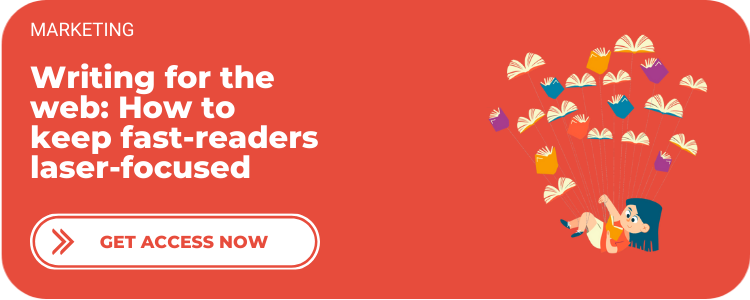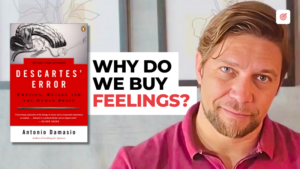The copywriting examples you're about to see are used by copywriters that have learned to overcome a constant threat – The Writer's Block.
This doesn't mean that those professional copywriters don't struggle to produce new content from time to time.
Binding different techniques together to build compelling copy is their secret sauce.
The Writer’s Block is not caused by lack of inspiration. It’s caused by lack of technique.
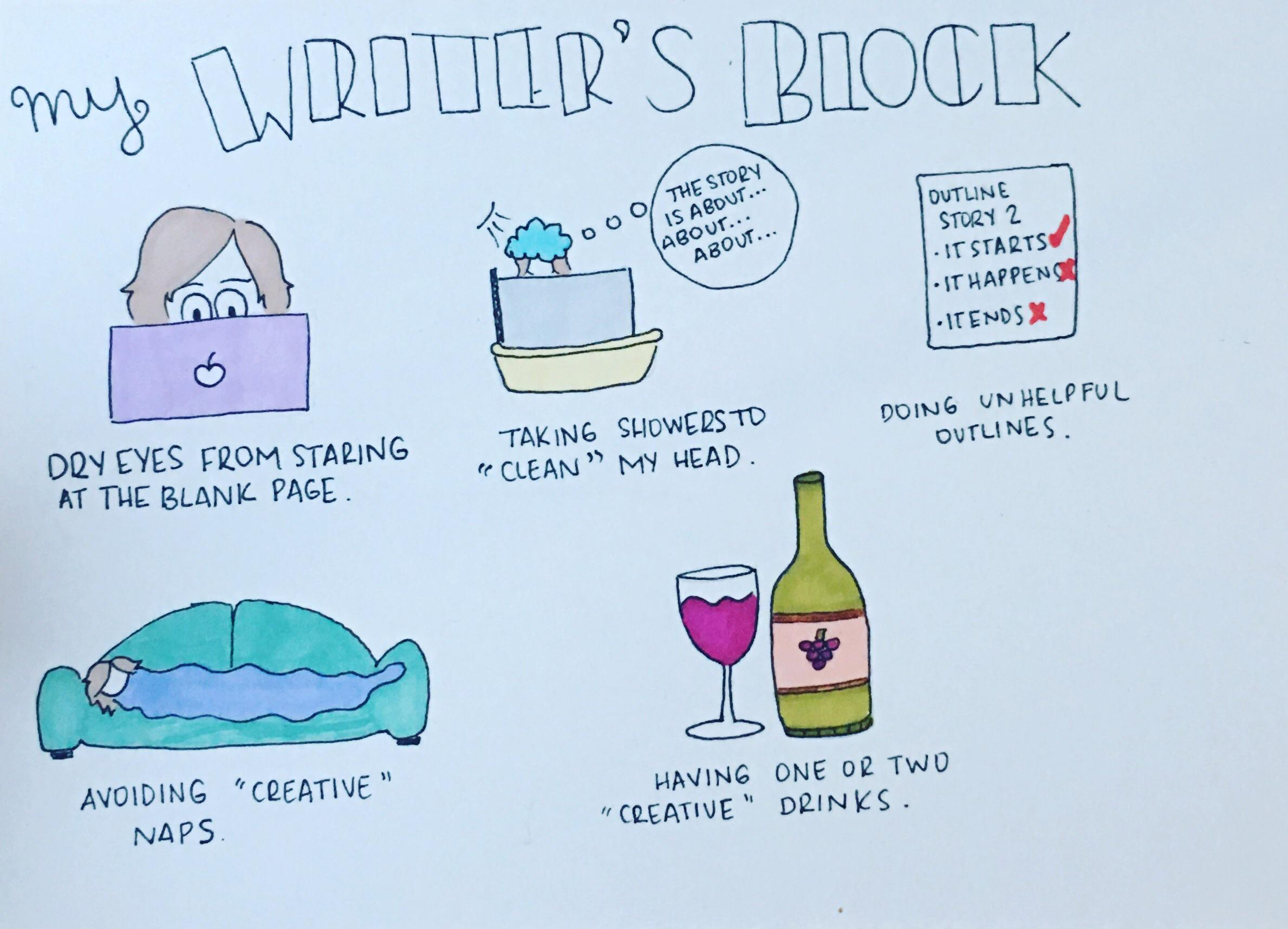
To counterattack that blank page with compelling copy, we’re going to:
- Approach 24 copywriting techniques.
- In 12 market case studies.
- Covering 4 categories.
“You can always edit a bad page. You can’t edit a blank page. – Jodi Picoult.”
Keep reading to know more about:
- Copywriting Examples Part #1: Blogging
- Copywriting Examples Part #2: Email Marketing
- Copywriting Examples Part#3: Sales Page
- Copywriting Examples Part #4: About Page
Downloadable content in this article:
- [ eBook ] Writing For The Web: How to Keep Fast-Readers Laser-Focused
- [ eBook ] The 37 most-creative list building ideas MacGyver would approve
- [ eBook ] 49 Email Marketing Templates that will keep your readers up at night
- [ Infographic ] 10 Mental triggers to persuade your audience of (almost) anything
Useful links ins this article:
Copywriting Examples Part #1: Blogging

.
One of the most frequent questions I come across is: “Is blogging still relevant for Content Marketing these days?”
This is a weird question for 3 reasons:
- Search engines are the primary force of online traffic.
- That traffic flows through keywords.
- A blog allows your website to of being found through keywords.
A website without a blog won’t rank well on search engines for terms Buyer Personas are using to find what they need.
That’s the same as placing a store in a remote place of the town, instead of a city center or downtown.
Another frequent comment is: “People don’t read blogs anymore.”
Yet. Here you are.
Blogs are still attractive because:
- Skimming a blog post is faster than watch a YouTube video.
- There’s more information available in this format.
- It’s easier to store information in this format.
People who advocates that blog is dead are the same saying that audiobooks are killing paperback ones.
Here’s what’s wrong with this idea:
Audiobooks won’t kill books the same way videos won’t kill blogs. Different types of media are inclusive, not exclusive.
I read books, I listen to audiobooks, I watch videos, I listen to podcasts, and I read blogs – a ton of blogs.
What’s killing blogs are not its format. It’s only bad copywriting examples.
That’s what we’re going to fix here.
Shaw we?
Copywriting Example 1 – Convince & Convert: 7 Questions to Ask When Buying a Social Media Management Tool For Your Agency

- Source: Convince & Convert: 7 Questions to Ask When Buying a Social Media Management Tool For Your Agency.
Copywriting Technique #1: Numbered Titles
If something can be said in 3 words, there’s no reason to use 10.
Not exposing your audience to unnecessary information is a foundational principle of copywriting.
Numbered titles advertise that idea before your audience gets in touch with your content.
It’s like sales promotion. You are pitching you content with the promise of delivering it without wasting people’s time.
The higher the number, the lower the engagement, though. Keep that in mind.
Favor odd numbers like 7, 9, 13 to intrigue your audience.
Copywriting Technique #2: Questions
Questions are the most common form of interaction invitation.
By using questions on your blog titles, you are inviting your audience to click through and check what's behind the curtains.
Questions also opens a loop that can only be closed by an answer. this unfinished business aspect triggers curiosity, one of the most powerful persuasion Mental Triggers.
Besides the word “question”, the most common are:
- Why
- How
- What
Extra tip: These 3 words are suitable to be used in different buyer’s stages:
- Why – Top-of-the-funnel.
- How – Middle-of-the-funnel.
- What – Bottom-of-the-funnel.
Copywriting Technique #3: Specificity
The riches are in the niches, right? The more targeted is your copywriting is, the more engaged your audience will become.
In this example, the solution provided is targeted to agencies only.
A common mistake in segmentation is to think that being specific is the same as leaving potential customers out of scope.
But pitching running shoes requires a message incompatible to flip-flops. Targeted communication always wins.
Think like this: having 50% of something is always better than 100% of nothing.
Niching down your copy will give you the 50%, and a general message will give you the 100% of that.
Choose wisely.
Copywriting Example 2 – Social Fresh: Are Stories Really The Future of Social Media?

.

Copywriting Technique #4: From Known to Unknown
Approaching a well-known subject can make your copy boring.
Taking your readers from that common place to novelty by presenting an unknown aspect of the subject will turn the table on your favor.
People might know the subject but they might not know one or more aspects of it.
Intrigue your readers by using:
- New data.
- Comparisons.
- Curiosities.
Social media is common ground for most people. By presenting an intriguing question about a feature (new data), Social Fresh is adding novelty and life to its copy.
Copywriting Technique #5: The Uncertain Future
Uncertainty about the future is a psychological fear we all have.
Social Media is a well-established media. Bu the current form as we know it, might be shaken by a new format. In this case, Stories.
An uncertain destiny of something well-established in the present can turn a boring subject into a compelling journey.
Another example could be: Self-driving cars. Are your driver’s license days over?
Copywriting Example 3 – Michael Hyatt: 5 Steps For Healthy Confrontation

Copywriting Technique #6: Tense & Relief
Health and confrontation are usually in opposite sides of our emotions.
- “Confrontation” produces tense. It’s the uncomfortable aspect of the copy.
- “Healthy” produces relief. It’s the comfortable aspect of the copy.
By putting them together, Michael Hyatt is presenting a comfortable way to deal with an uncomfortable situation.
This copywriting technique is recommended to subjects nobody likes but most people face.
Copywriting Technique #7: KISS
KISS stands for Keep it Simple, Stupid.
The term was coined by Kelly Johnson, Lockheed Martin engineer during World War II.
The principle has been adopted by the US Navy and many different fields of knowledge over decades, with some variations, like:
- Keep it Simple and Short.
- Keep it Short and Sweet.
- Keep it Simple, Soldier.
KISS states that most systems work best if they are kept simple rather than complex.
It has also become one foundational aspect of copywriting. Make every paragraph, sentence, and word earn its keep in your copy.
Simplicity is the ultimate degree of sophistication.
If anything doesn’t add to the message goal, it’s a filler. That weakens your copy.
Copywriting examples Part #2: Email Marketing

.
Nothing generates more ROI for an online business than Email Marketing.
- It’s cheap.
- It’s scalable.
- It’s relational.
It’s cheap because you don’t pay for each send, as a phone call or SMS.
It’s scalable because you don’t need more sales representatives to send more emails.
It’s relational because you can nurture a prospects in a list before pitching sales.
The money is and will continue to be in the list.
An online brand that’s not investing in email list building is leaving a fortune on the table.
Let’s learn how to craft powerful copywriting examples for those emails.
Copywriting Example 4 – Pat Flynn: She Launched Her Podcast in a Month

Copywriting Technique #8: Social Proof
Word-of-mouth is the most powerful force of business growth.
That’s because people tend to trust other people's recommendation more than any company's advertising.
By saying "She launched”, Pat Flynn is using Social Proof as the main component of his sales pitch – actual results.
Social proof shows to your readers how the other side of a purchase looks like by looking at the results of people that have bought before.
That decreases the tension of making that purchase.
Copywriting Technique #9: Success Time Frame
Valuable resources are scarce. That puts time in a top-list. In many situations, time is more important than price.
Using a specific time like "In a month" you can show how close the solution your readers are, and help your audience to understanding its cost-benefit.
Presenting that success time frame in a crowded email inbox can be the one thing that will call attention and produce action.
Copywriting Example 5 – Amy Porterfield: How to have a Profitable Launch Without a Big List
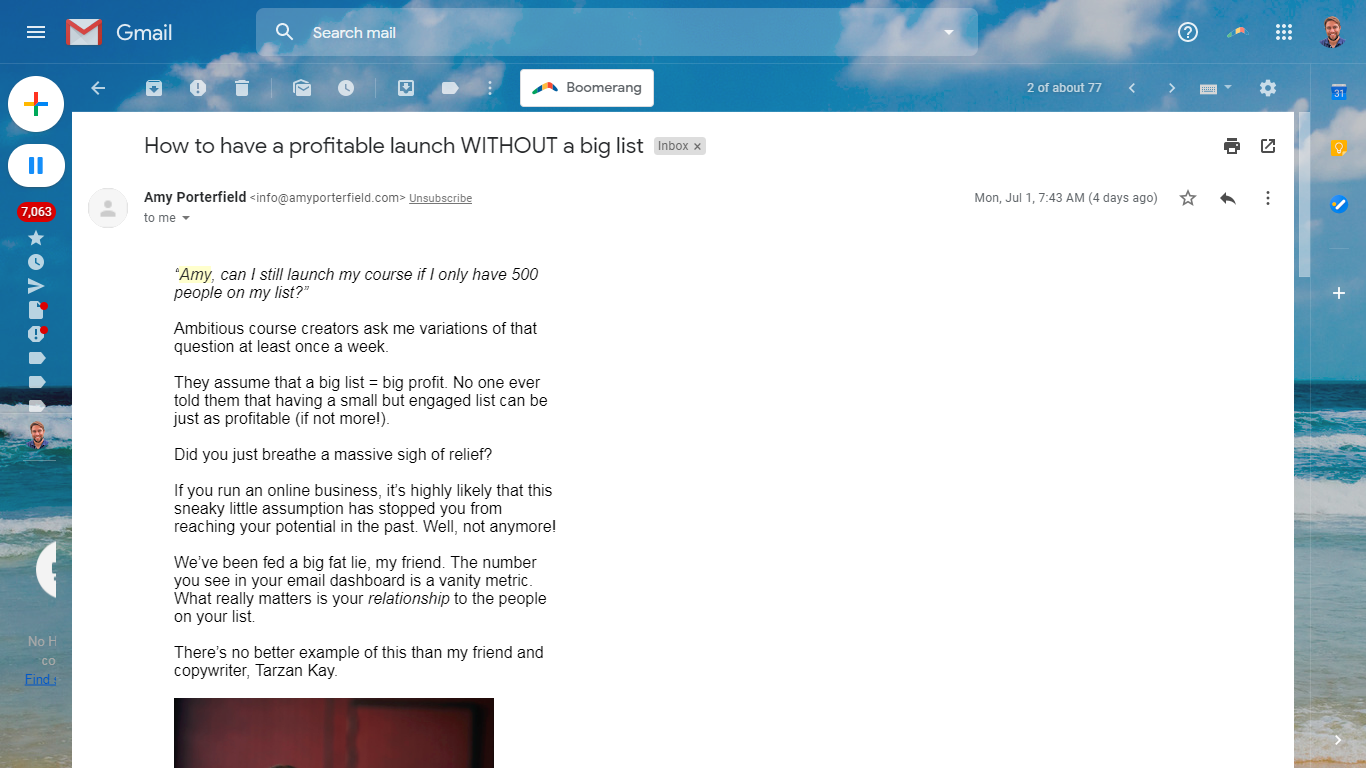
Copywriting Example #10: How-tos
The 3 pillars of educational content are:
- Why-tos.
- How-tos.
- What-to.
How-tos have become especially popular on the internet because of its practical nature. We developed a culture of going online to find practical advice.
How-tos are like tracks where you can deliver step-by-step processes easy to be followed.
One good hack is to combine how-tos with numbered titles to deliver a practical approach about the topic.
- How to be more attractive in 3 simple steps.
- How to lose 5 pounds in 28 days without a diet.
- How to start 3 life-changing habits with little effort.
Copywriting Technique #11: Branded Soundbites
Having a collection of keywords to deliver soundbites has the power to educate your audience towards a goal.
Amy is an online business coach. “Profitable” is one of the keywords that triggers the transformation her audience is looking for.
Make a list of 3 to 5 words related to the solutions and value you provide and have them repeated all over your content.
Use your browser search function and check how many times we use the word“powerful”on this post.
It is one Brand Soundbite example we use here at BECOME your BRAND.
Copywriting Technique #12: Objection Breakers

.
Amy knows that Email Marketing List Building is a big challenge for her audience and for anyone working with Email Marketing.
That can be an obstacle for people to engage with her sales pitch.
By saying “without a big list”, she is breaking objections, being inclusive, and delivering value in one powerful swing.
Include copy that breaks objections to all your services descriptions to focus your readers attention to what matters to them – their outcome.
To create Objection Breakers, just list your Buyer Personas pain-points and create specific copy to counter each one of them.
Copywriting Example 6 – Stu MacLaren: Last Call For Tribe (And Recurring Revenue)
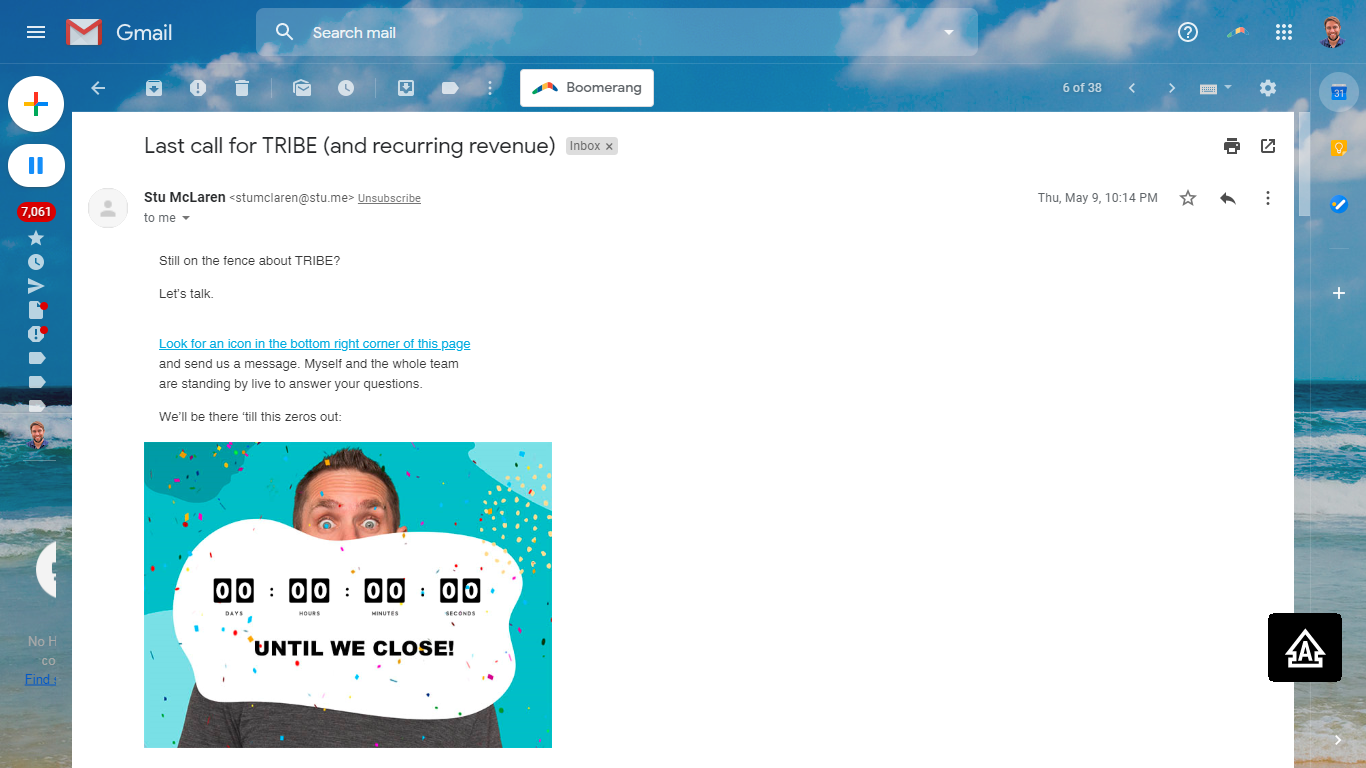
Copywriting Technique #13: Scarcity
Scarcity is one the most powerful Mental Triggers for persuasion.
By using scarcity copy like “last call”, Stu McLaren is reminding his audience that they need to take action now or they will lose an opportunity.
Scarcity is powerful because people are more inclined to take action to prevent loss than to provide gain.
But remember: don't fool your audience. If the cart will close. It will close. Don't use it to force people to take action if it's not true. It's going to backfire.
Scarcity copy can include:
- Time constraints. That’s when there’s a time limit.
- Items constrains. That’s when there’s a quantity limit.
- Price constraints. That’s when there’s a promotional price limit.
Copywriting Technique #14: Customer Focus
“Recurring revenue” is The Tribe (Stu McLaren's Product) main prize.
Powerful copy talks about the outcome and transformation, not features.
Compelling copywriting examples focus on what people are looking for: their outcome and transformation. Not features.
Common mistakes I often see are:
- “We are so thrilled to let you know that we have this product.”
- “This product comes with amazing features no other has.”
- “What’s new… [features description].”
Your customer might even be happy for you excitement, but they won’t take action until they see what’s in there for them.
Copywriting Technique #15: The Third Person
Storytelling has 3 points-of view:
- First Person.
- Second Person.
- Third Person.
The First Person is the voice of the guide. It is identified by the pronouns “I” and “we”. It presents personal takes and opinions about a topic.
The Second Person is a direct message to the hero. It is identified by the pronoun “you”. It represents the plan the hero should take to save the day.
The third person is an outsider’s voice. It is identified by the pronouns “he”, “she”, “they”. It represents examples and data about the world the hero is facing.
Adding that Third Person in your copy will enrich it with data and examples your readers might face. It can also add context to your points.
3 simple ways to add a Third Person in your copy:
- Use parenthesis to add an additional comment.
- Use real-life examples to add context.
- Use data to add value.
Adding the Third Person to your copy can expand the conversation with little insertions that don't harm the flow.
Copywriting examples Part #3: Sales Page

.
There’s no other place your copy needs to persuade people to take action more than your Sale Page.
It is the place where all your marketing efforts will be paid-off.
Here are a few examples you can add to your Sales Page Anatomy.
Copywriting Examples 7 – Pat Flynn: Power-up Podcasting: A step-by-step course to launch a successful podcast that gets found and grows your online brand

Copywriting Technique #16: Clear CTA
The first and most important aspect of Sales Pages is a clear call-to-action.
Here are 3 things to avoid when writing CTAs.
- Avoid the Paradox of Choice. That’s the paradox of choosing nothing because there are too many choices. Make only one Call-to-Action on your Sales Page.
- Avoid the Specialist Syndrome. That’s the syndrome of not telling people what to do because it looks obvious to you. Be specific in your instructions. Don’t assume anything.
- Avoid the Sales Complex. That’s the complex of thinking that sales is something bad and end up adding fillers to make it somewhat smoother. But making it hard for ready-to-buy clients to convert is the true danger.
Avoiding those basic mistakes will lead to clarity.
What clarity means from a Sales Pitch standpoint? To provide one method, one goal, and one outcome.
Pat’s Sales Pitch can be broken down by:
- Method: “Step-by-step course.”
- Goal: “To launch a successful podcast.”
- Outcome: “That gets found and grows your online brand.”
That is clear as a sunny summer day.
Copywriting Technique #17: Emotion over Reason
Purchasing is an emotional experience above all things. That means you must speak to people’s emotions instead of their reason.
You do that by inviting them into a story where they get from a point A to a point B through a plan.
But here’s the catch.
There’s no direct pathway between point A and point B. If the was the case, people wouldn’t need help to reach their goals.
Here’s a simplistic but more realistic view:
- The point A is where they are now.
- The point B is where they want to be.
- The point C is where they have to go before reaching point B.
Your copy must provide:
- A compelling reason to leave point A.
- A plan to survive point C.
- A pathway to get to point B.
That approach integrates your solutions to your audience’s personal story. That provides and emotional connection between their goals and your help.
You must have heard that people don't buy a screw, they buy a painting on the wall.
"grows your online business" is that painting on the wall for Pat’s audience.
Copywriting Example 8 – Cover Action Pro: Make Your Books and Products Look Sharper with 3D Mockups You Won’t Find Anywhere

- Source: Cover Action Pro: Make Your Books and Products Look Sharper with 3D Mockups You Won’t Find Anywhere
Copywriting Technique #18: Exclusivity
“You won't find anywhere else" is a powerful statement but it must be true.
If you can integrate that level of exclusivity into your copywriting , that will break tons of objections.
Cover Action Pro offers “more than 500 pre-made art mockups” for a variety of products.
That's exclusive.
Copywriting Example 9 – Grammarly: Everyone Can Write With Confidence
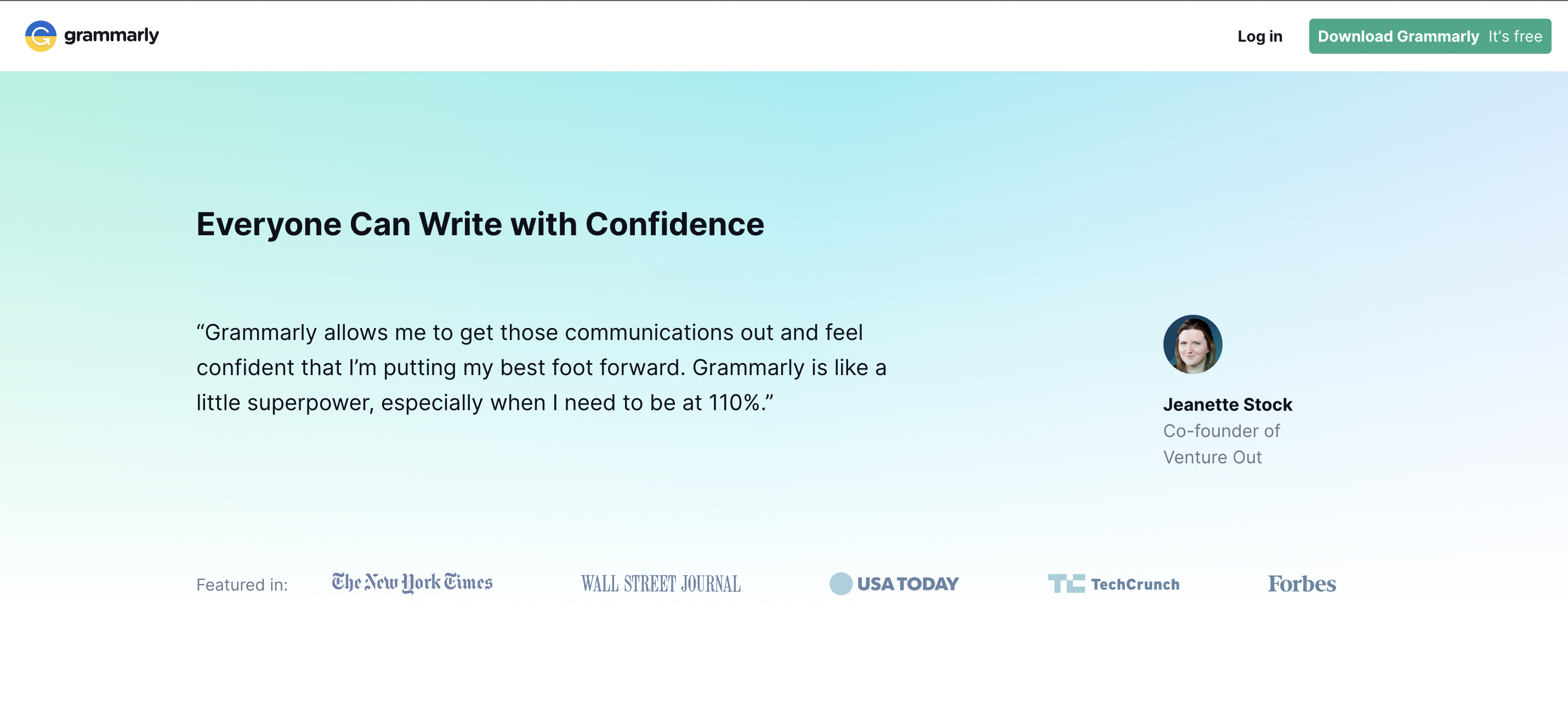
Copywriting Technique #19: Inclusivity
The transformation your copywriting proposes needs to feel achievable. Otherwise, people won’t feel they can make it and drop the call to action.
Grammarly audience uses the app to bridge the gap between their lack of writing confidence and a great written piece.
By saying “everybody can” it’s an invitation to anyone that has ever struggled with that lack of confidence.
The copy works because it binds 3 elements of the story:
- The lack of confidence of their audience.
- The app that bridges the gap between their actual skills and a great copy.
- The transformation: Their clients can also feel good about their writing.
Always make sure your audience can actually follow your call to action.
Copywriting Technique #20: Empowerment
Where is your copy leading your customers to? To become a "great writer”?
Copywriting examples are compelling when they make people feel great about themselves, not when presenting something else great, like products.
What does your solution mean to people’s own goals? Can it be integrated with their journey? How different people will be after attending to your CTA?
Is your copy showing a better version of your audience that lies on the other side of experiencing your services?
Copywriting examples Part #4: About Page

.
The first piece of information people want when visiting a website is a solution. The second one is to understand who’s behind the solution.
That makes the About Page the second most important piece of information of an online brand.
Crafting compelling copywriting examples there is a secret sauce for brands to feel more personal.
Why? Because that page is all about trust.
People need to see if:
- They like you.
- They connect with you.
- They believe you.
Successful About Pages turns website visitors into loyal customers.
The 4 following copywriting techniques will help you build that trust.
Copywriting Example 10 – Ann Handley: WSJ Best-Selling Author & Tiny-House Owner
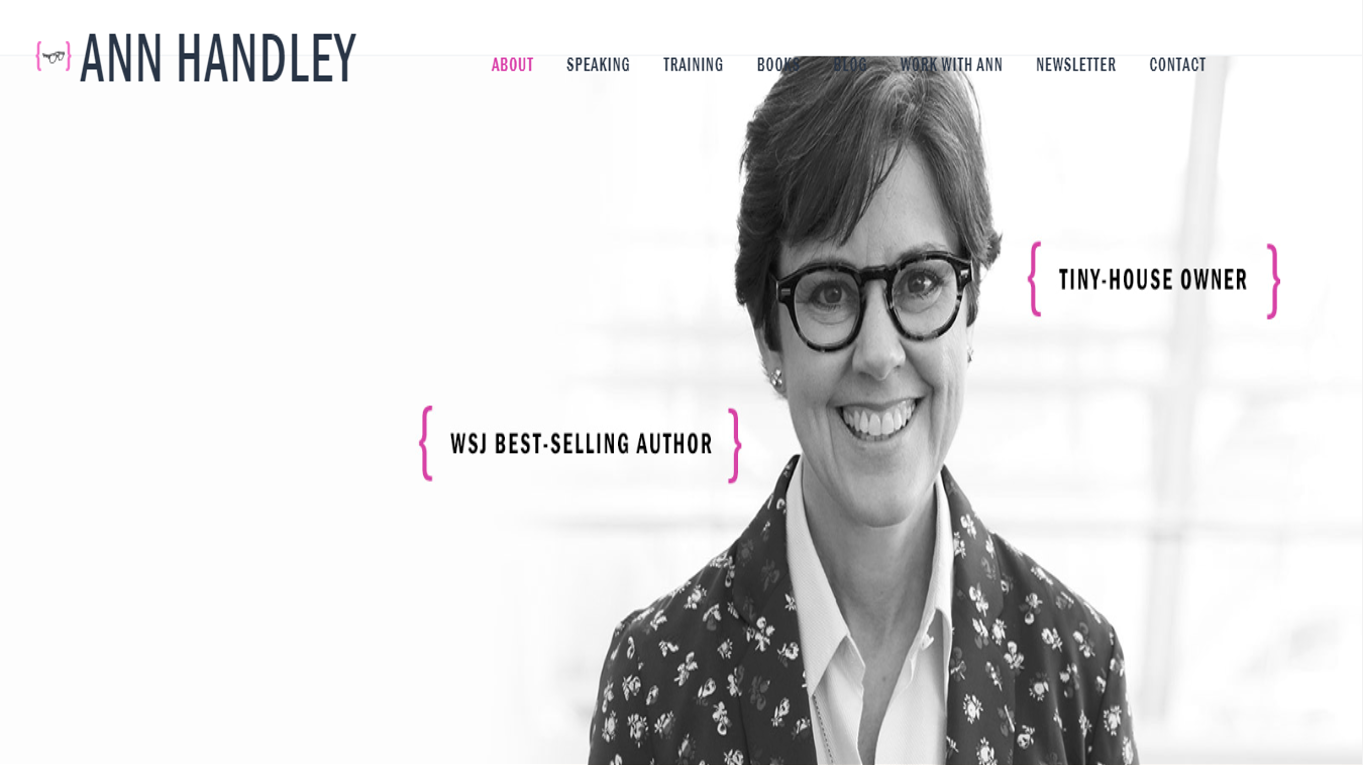
Copywriting Technique #21: Topical Authority
There's plenty of copywriting books out there, but Ann Handley is a “WSJ best-selling author.”
Do you see the difference?
What can you tell your audience about yourself that can back you up as an authority in your niche?
You can communicate that with:
- Results.
- Social proof.
- Public Achievements.
To don’t sound as your are bragging about your own accomplishments, you can combine this technique with the “Third Person”, and let others speak about you.
Ann Handley is a WSJ Best-Selling Author. That’s a recognition made by a third party. It sounds authentic without sounding cocky.
Copywriting Technique #22: Personality
Ann Handley is a best-selling author. Her book Everybody Writes is a must-read among copywriters.
What most people don't know is that she's a “tiny-house owner”. That personal information resonates with her audience and shows the human behind the myth.
You are the one thing that makes your business unique. Use that to craft compelling copywriting examples.
In a competitive scenario with players offering similar solutions, personality is the one thing that can make audiences align with one brand over the other.
Don’t believe me?
Then tell me. What brands come to your mind when I mention these people?
- Elon Musk.
- Richard Branson.
- Jeff Bezos.
Personal Brands are a trend that will continue to grow and change the way we do business.
Copywriting Example 11 – Stu McLaren: Fun Facts

Copywriting Technique #23: Comedy
Comedy reduces the decision-making tension, provide personality, and break objections.
Check these statements from Stu’s About Page:
- “I’ve got a university education (Honors Business) but maybe use 1% of what I’ve learned.”
- “I’ve jumped out of planes, off bridges, and out of very tall buildings.”
- “I’ve swam with sharks, sting rays, and other underwater creatures.”
Stu is not throwing words away. He's showing a lifestyle that he can only have because of the freedom his product promises. Got it?
Copywriting Example 12 – Unmarketing: Oh, And They Met on Twitter. How’s That For ROI?

Copywriting Technique #24: Fresh Perspective
Copywriting is telling stories in creative ways.
If you run a business that teaches companies how to better perform, how that punch line "How's that for ROI?" would sound to you?
Funny, fresh, and engaging.
This technique relies on:
- Making unexpected comparisons.
- Adding unexpected parameters.
- Showing unexpected results.
To a knowledgeable audience, this is the one piece of copy that can triple sales.
PS: The most effective way to compose professional copywriting examples
Increasing conversion rates through words is the goal of copywriting, but great copywriters are not necessarily (and in most cases) talented writers.
Their secret is knowing the right techniques for every stage of their work and that can be learned and applied by anyone, professionally.
Using the ammunition you got here:
- 24 copywriting techniques.
- 12 market examples
- 4 categories.
You can produce powerful copywriting examples that convert.
But one secret sauce in your copy doesn’t depend on technique – you.
May you realize that copywriting is not a gift for a few selected angels.
May you realize your unique vision and experience can engage as no one else could.
May the world see the perfect version of your drafts by the art of these 24 copywriting techniques.

